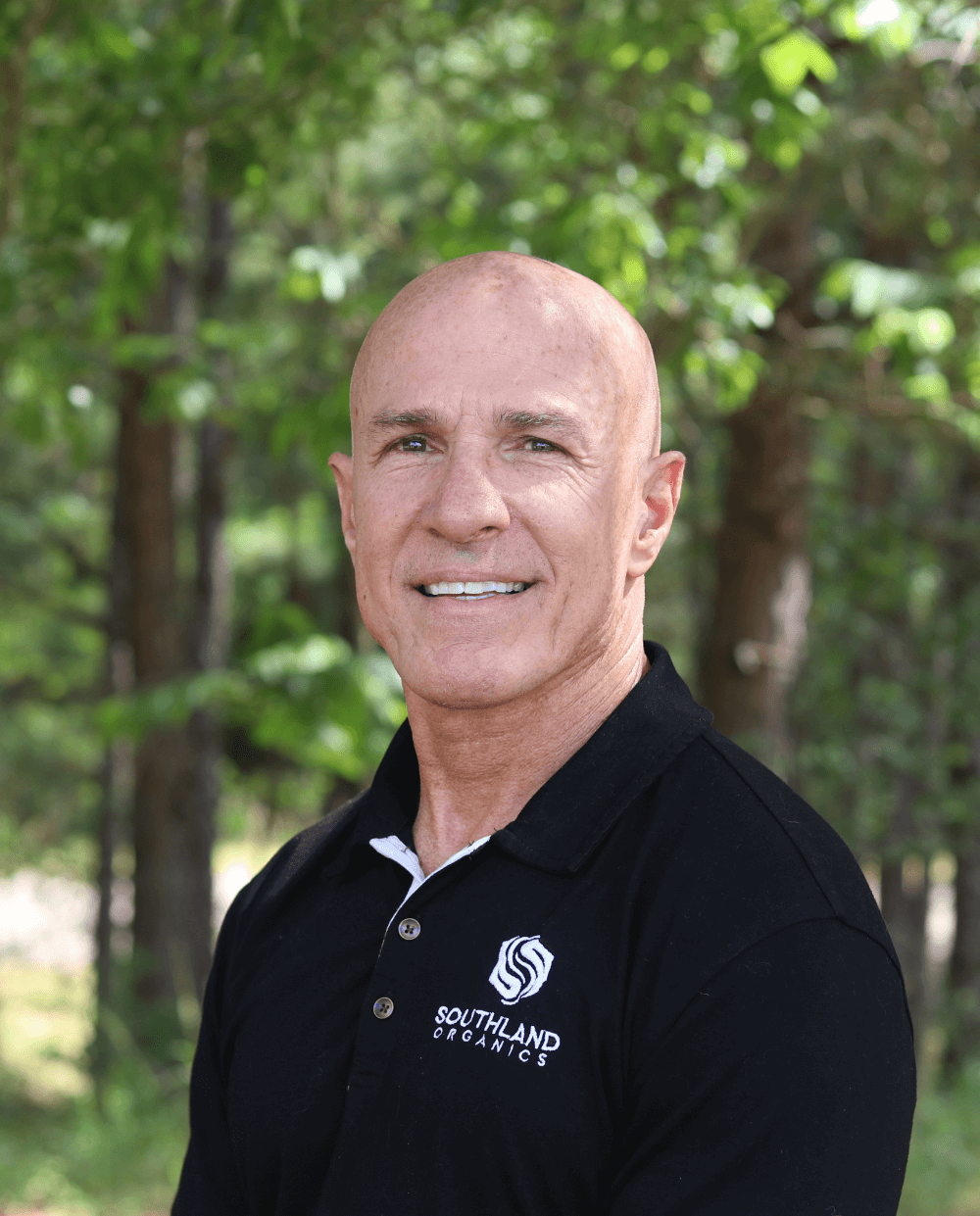A member of the Georgia Appalachian Trail Club found out about our PORT product through a contact at the Joshua Tree in California. Joshua Tree was using a product that the Georgia Appalachian Trail Club was interested in researching. The contacts at Joshua Tree told him they had switched to PORT and found that it dealt with their concerns of odor and decomposition much more effectively than what they were previously using. The Club was looking for a solution to some issues they were having with their moldering toilets.
The main concern for the moldering toilets, also called privies, was the addition of wood chips each time someone used the toilet. The wood chips were added to create space for oxygenation within the pile of waste. Hauling chips up to the trail was quite a burden since the containers of chips have to be carried by hand.
Two to three years is the amount of time it takes to fill the active bin side of the tested privy. At this point, the inactive side is emptied and spread into the forest and then becomes an active toilet. The active side is then closed from the top and becomes inactive. Over the last couple of years, these bins began filling in half the time thus triggering a search for a solution.
The Club member contacted us and said he had received permission from the Appalachian Trail Conservancy and Forest Service to try Southland’s PORT product. We met on March 14, 2014 on the top of Springer Mtn., the southern terminus of the Appalachian Trail. We chose the privy that was closest to the camping shelters with the idea that this one would be used the most in this area.
It was a cool but comfortable day. The foliage had not really begun to appear, so the view was incredible. When we arrived at the privy, the odor was mild. The top of the cone of waste was probably 12 inches high from the floor of the bin. The cone was raked down, and the level of the bin was about 4–5 inches deep. Immediately, the smell was asphyxiating. We were without a sprayer because of the expectation of a different type of moldering toilet (expectation was for a pit type). With quick improvisation, a 32 oz Powerade bottle filled with water was confiscated. We mixed 4 oz of PORT into the water and poured the entire bottle over all the pile. Within moments, the smell reduced from asphyxiating to unpleasant.
Instruction was given that in this application a small pump sprayer should be used. One of the AT caretakers who works on the trail weekly volunteered to spray once a month. A different member of the Club expressed great concern that if this didn’t perform as expected without the wood chips then someone needed to be responsible for cleaning out the bin before it filled too fast. All agreed that we should meet back in about 6 weeks to judge the performance and either scrap the test or continue.
Setting the level of expectation, we laid out four things that the AT Club should see using PORT for this moldering toilet.
- An increased reduction in the size of the pile over the next few weeks
- Elimination of odor within a few hours
- Less hassle carrying a small sprayer than hauling multiple bags of wood chips
- Extend the times between switching active and inactive privy
Over the next few weeks, the AT went through its “bubble” of through-hikers. (This is the busiest time of year on the AT.) Warm, spring weather coupled with the planning of those hiking all the way north make this the most active time of year for this region. This provided the perfect setting for a test of this nature. Also, the fact that the active and inactive bins of the privy had just been switched made it great timing.
We met back on top of Springer Mtn on May 9, 2014. It was another beautiful hike. Fire azaleas were blooming, and the slight overcast kept the day comfortable. The neatest encounter on the hike was coming across a through hiker who had just finished his journey from Maine. ME-GA southbound.
As we approached the privy, it looked as if the pile was smaller. The pile had been sprayed two weeks earlier and had seen an overnight cold snap of mid-’20s since that spraying. On closer observation, as we arrived at the privy, the reduction in the pile was noticeable. Pictures from the previous visit were pulled out to compare. On March 14, the pile measured about 4–5 inches. The pile, after the busiest time of the year, measured 2–3 inches deep. We raised the cover of the active bin and raked down the cone. Once again, the smell after the raking of the pile was asphyxiating, but within moments of spraying, the odor was reduced tremendously. At this point, PORT had done what we had set out to do.
CONCLUSION
Not only was there no increase in pile depth, but the pile was actually reduced by nearly half. This was during the busiest of times and happened within an eight-week period. At this rate, it would seem that the switching of active and inactive privies could be prolonged considerably.
This type of open-air moldering toilet didn’t seem to have a severe problem with odor as other types. When the actual surface of the pile was disturbed, the odor became extremely noxious, but the spraying of PORT dramatically reduced the odor within moments.
What the wood chips had done for creating space for oxygenation, PORT had done because of the oxygenation of its humic and fulvic acids. What the wood chips had done for providing a carbon source, PORT's high natural carbon count provided. These elements along with PORT's indigenous bacteria made a substantial impact on the rapid decomposition of the moldering pile.
Maintaining a moldering toilet of this nature would be much easier with PORT than collecting, transporting and adding bulking agents and carbon sources. It would also make it easier with more time between switching bins. More than just looking for the easy solution, it is an environmentally responsible solution. It is more than just minimizing manure. It is the cycle of life—nature’s way of returning to the soil the nutrients that we have consumed.
Update: June 11, 2014
One month after our regathering on top of Springer Mtn., the privy was visited by one of the caretakers of the trail. He reported that there were currently eight campers occupying the pavilion beside the privy. There was no pile, very little odor and some very happy campers.
For information on how to use PORT for a campground pit toilet, click here.






